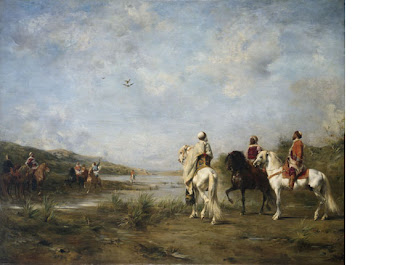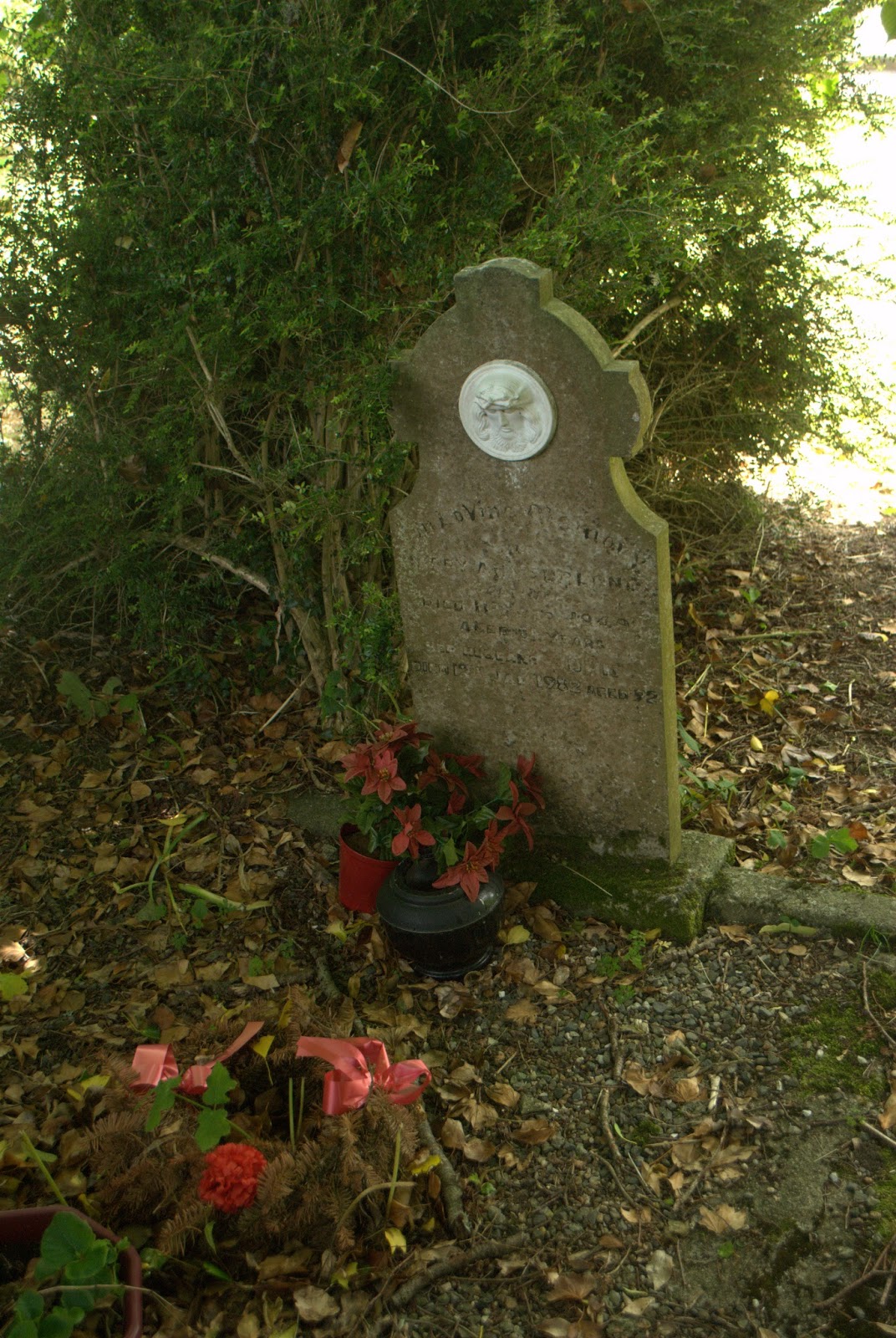Mission
As one of the most well known
movements in the art world, the Renaissance overshadows the rest of the art
world. Mannerism emerged out of the Renaissance, with it’s own unique style and
artists. My aim is to bring mannerist works out of the shadow and introduce
those who might not have recognized Mannerism for what it is.
Comprising of works ranging from the end of
the high Renaissance to the early 17
th century, Mannerism and its
sophistication and artificial ideals of the human figure is something not to be
overlooked.
 |
| Madonna of the Long Neck, Parmigianino, 1535-40 |
Publicity
Admission is free, but donations
are requested for guided tours. Sponsors would help support the museum, and
allowed to advertise in the catalogue and be sold in a café or concessions
stand associated with my museum. The café/concessions will generate revenue,
but will not be the main source of income. A gift shop will sell trinkets,
prints and postcards of the art in the museum, the aforementioned catalogue,
and other odds and ends, ideally supporting local craftspeople.
Advertising would be done with
television and radio commercials, fliers and postcard mailers. There will be
fundraising events, including back-tie masquerade type parties for the more
generous patrons, as well as more down to earth carnival style events geared
towards families and schools.
Staff will include an Education
Director in charge of school groups and the like, 3 volunteer tour guides
knowledgeable of Mannerism and the periods before and after, retail workers,
and maintenance workers with experience in handling art and knowledgeable in
the workings of a museum or gallery. There will be a security specialist in
every room. Gardeners will be employed
to keep the gardens in order.
Collection
The museum will display mostly
mannerist paintings, but there will be sculpture as well. The collection will
be divided by chronology and by medium, starting with mannerist works emerging
from the Renaissance, and continuing through to the Baroque.
Permanent Collection:
Da Vinci’s Vitruvian Man (1490)Leda and the Swan (1507/8)
Fiorentino’s Deposition (1521) and Moses Defending the Daughters of Jethro
(1523)
Pontormo’s Deposition from the
Cross(1525-28) and Verumnus and
Pomona (1520/21)
Other permanent collection artists
include Raphael's Transfiguration (1520), Parmigianino's Madonna of the Long Neck (1535-40), Sarto's Madonna of the Harpies (1517), Correggio's Ganymede Abducted by the Eagle(1531-32), Giambologna's Rape of the Sabine Women (1574-82),
Baccio Bandinelli's Hercules and Cacus (1534), Cellini's Perseus with the Head of Medusa (1545).
Design
Interior: The works will displayed
on high walls painted a stark white, lit from above. Visitors are welcome to
wander through the exhibits freely, with low barriers with silent alarms to
protect the works. Large openings will keep the rooms open and make flow from
one room to the next easy. Benches will
be placed in the middle of the rooms to allow for rest and contemplation of the
works.
Exterior: The building, from the
outside, will be styled after the Villa Medici in Rome, Italy. There is an
English garden in the back, modeled after the Borghese gardens, also in Rome.











































